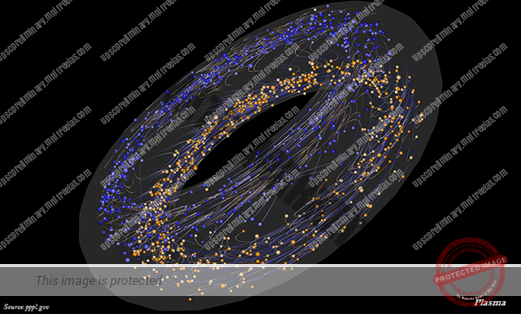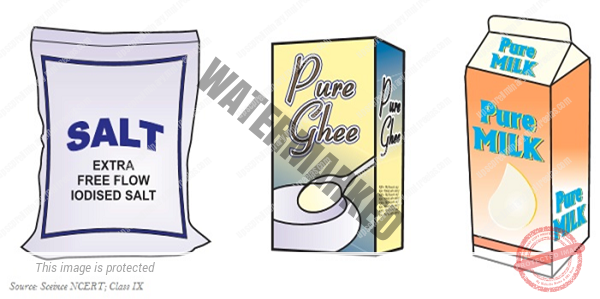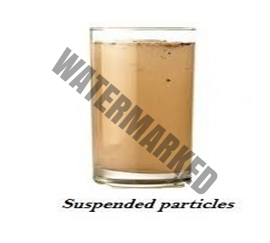- THE FOURTH STATE OF MATTER
- SIGNIFICANT FEATURES OF SOLUTION & SUSPENSION
- CHROMATOGRAPHY
UNIT 4 – CHEMISTRY - MATTER IN OUR SURROUNDING – PART 2
THE FOURTH STATE OF MATTER
- Plasma is the state that consists of super energetic and super excited particles.
- The super excited particles are found in the form of ionized gases. E.g., the Fluorescent Tube (which contains helium gas) and neon sign bulbs (which contain neon gas) consist of plasma.
IS MATTER AROUND US PURE
INTRODUCTION:
- A pure substance is that that consists of single type of particle or particles.
- Mixtures of two or more pure components without any undesirable substance are known as Mixtures, for example, Water, Minerals, Soil
- A Homogeneous Mixture of two or more substances is known as solution. For example, Lemonade, Soda Water
- Solution could be in any form such as – it could be in Liquid, Solid, Or Gaseous.
- Alloysare another example of mixture that contain homogeneous mixtures of metals; they cannot be separated into their components by physical methods. E.g., For example, Brass is a mixture of zinc (approximately 30%) and Copper (about 70%).
SIGNIFICANT FEATURES OF SOLUTION
- Solution is normally a homogeneous mixture.
- The particles of a solution are even smaller than 1 nm (10-9 meter) in diameter and hence, these are not visible from the naked eyes.
- The path of light is not visible in a solution.
- The dissolved particles cannot be separated from the mixture by the simple process of filtration.
- The dissolved particles do not settle down when it left undisturbed.
- At a given temperature, when no more solute can be dissolved in a solution, it is known as ‘Saturated Solution.’
- At a given temperature, the amount of the dissolved particles present in the saturated solution, is known as ’
SUSPENSION
- A suspension is a heterogeneous mixture in which the solute particles do not dissolve, but rather remain suspended throughout the bulk of the medium, is known as ‘suspension.’
SIGNIFICANT FEATURES OF SUSPENSION
- Particles of a suspension are clearly visible from the naked eye.
- The particles of a suspension scatter a beam of light that passes through it and likewise, its path is visible.
- The salute particles can be separated from the mixture by the simple process of filtration.
COLLOID
- A heterogeneous mixture is known as ‘colloid.’ E.g. Mist, Fog, Smoke, Face Cream, etc.
- The size of colloid particles is too small to see from the naked eye.
- Colloid particles are big enough to scatter a beam of light passing through it and make the path visible.
- Colloid particles cannot be separated from the mixture by the simple process of filtration.
- The special filtration technique i.e. Centrifugation, can be used to separate the colloidal particles.
CHROMATOGRAPHY
‘Chromatography’ is an analytical technique commonly used for separating a mixture of chemical substances into its individual components, so that the individual components can be thoroughly analyzed. There are many types of chromatography
- Liquid Chromatography,
- Gas Chromatography,
- Ion-Exchange Chromatography,
- AFFINITY CHROMATOGRAPHY,
but all of these employ the same basic principles.
- Chromatography technique is used for separation of those solutes that dissolve in the same solvent.




[pvc_stats postid="" increase="1" show_views_today="1"]
